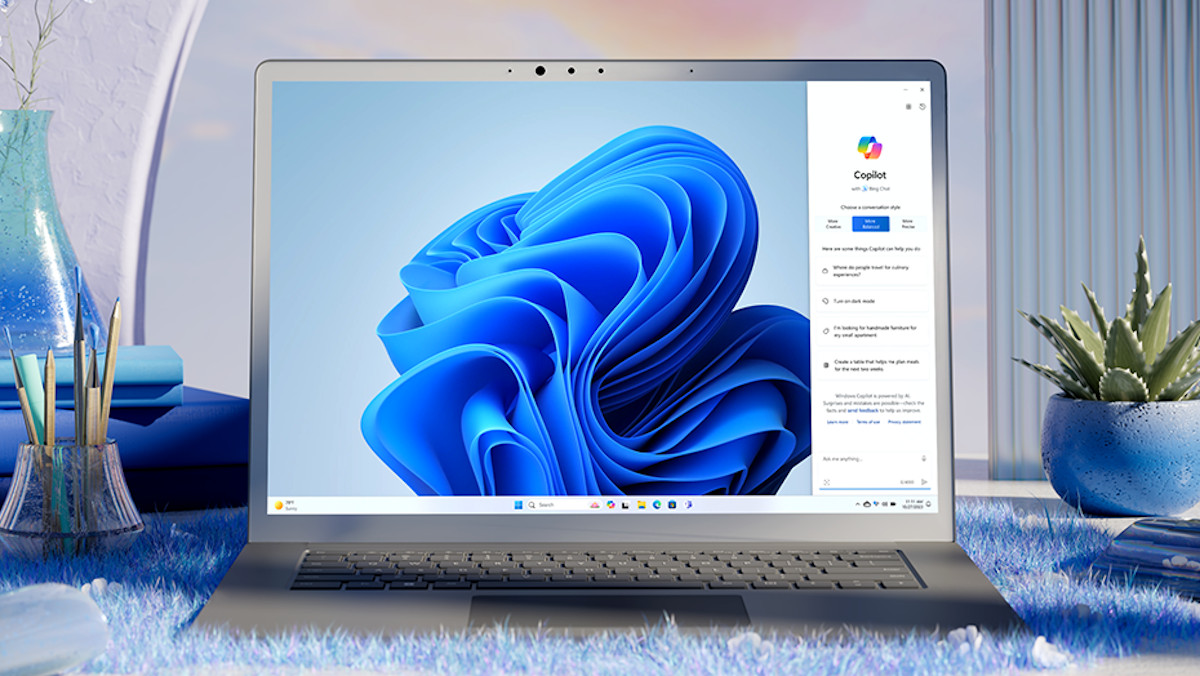Windows 11 is spiking in popularity – even if Windows 10 remains way more popular, and Windows 7 just refuses to die
So, why might Windows 11 suddenly be gaining momentum?

Windows 11 has never been more popular – and, well, that’s not saying all that much, but in fairness, it seems the operating system may finally be reaching a turning point where adoption could speed up meaningfully.
The question is: why might this be happening? We’ll come back to discuss that, but first off let’s dive into the actual statistics for Windows market share (of all versions of Microsoft’s OS) as put together by Statcounter.
The figures for September show that Windows 11 is on 33.37%, which is still a good way behind Windows 10 at 62.79%.
However, Windows 11 is up from a market share of 30.83% in July, so that’s a jump of just over 2.5% in two months (and the OS went up a percentage point from June to July, too).
Recently, then, Windows 11 has been seeing considerably bigger gains going by Statcounter’s figures – bearing in mind that it took 16 months to gain 10% when going from 20% adoption to 30%, sluggish progress of about 0.6% per month, compared to double that rate of progress now.
Also, we’re seeing Windows 11 get more popular with PC gamers too, where last month, on Steam, the operating system finally became more popular than Windows 10, a really important milestone for Microsoft no doubt.
As for the third-place operating system in Microsoft’s desktop ecosystem, that is, of course, Windows 7, which is keeping a persistent user base of around 3% throughout this year (it’s currently on 2.85%).
Sign up for breaking news, reviews, opinion, top tech deals, and more.

Analysis: Finally forced into the BIOS to locate that TPM setting
So, back to that key question: why is Windows 11 suddenly gaining more favor, and does this represent the operating system turning a corner in terms of building meaningful adoption going forward?
The most obvious reason for these recent gains must be the fact that Windows 10 is coming to its End of Life slowly, but very surely. Support for Windows 10 draws to a close in October 2025, which is only a year away now, and perhaps that timeline is feeling more urgent as a result, so holdouts are looking more seriously at upgrading to Windows 11.
We envisage folks that have been putting off enabling TPM (it may be off by default on their PC) diving into their BIOS to find the setting, finally, and prep the ground for their big Windows 11 upgrade (TPM is a requirement for Windows 11’s better security). They are facing the cold, hard reality that it’s about time to take action if they want to keep an operating system that has updates (as opposed to paying for Windows 10 updates after October 2025, which will be the only other option – aside from switching OS entirely that is, to maybe one of the best Linux distros, but that’s a whole other ballgame).
We should also bear in mind that Windows 11 has got a fair few features that it didn’t have at release by now – some basic functionality in many cases – and that could help its cause, too. After all, Windows 11 is three years old now, and it has expanded a good deal since the OS was launched back in October 2021.
Might Copilot+ PCs figure in the equation here? It’s probably too early for that, and the other factors we’ve mentioned – primarily the end of support for Windows 10 – are going to be the biggest contributing factors to Windows 11’s growth here.
That said, the new AI-powered laptops could be responsible for a small amount of Windows 11 adoption, as massive things are predicted for Copilot+ laptops going forward – we mean huge sales. So that’s definitely something on the horizon, possibly, but take the idea with some seasoning. And also, by the time we get there, Windows 12 – or whatever next-gen Windows will be called – is likely to be imminent, or indeed to have arrived (complete with next-gen nag screens to upgrade, no doubt).
As for the Windows 7 user base that remains, what’s going on there? This is most likely a small core of business users who have old PCs running even older software, and they can’t be upgraded due to thorny problems with those legacy apps. Such firms will need to be working towards a solution, but in some cases, migrating complex systems could be a seriously difficult and highly fraught task, which is bound to be progressing slowly.
Of course, it’s also worth bearing in mind that there are probably quite a few Windows 7 PCs out there that aren’t connected to the internet at all – to keep them secure – and as such, won’t show up for stats crunching firms to count.
You may also like...
Darren is a freelancer writing news and features for TechRadar (and occasionally T3) across a broad range of computing topics including CPUs, GPUs, various other hardware, VPNs, antivirus and more. He has written about tech for the best part of three decades, and writes books in his spare time (his debut novel - 'I Know What You Did Last Supper' - was published by Hachette UK in 2013).